25 Useful Things You Need to Know About Yellowstone National Park
Yellowstone National Park is a unique park and it presents some challenges that other parks just don’t have. And those challenges can leave you feeling a bit overwhelmed if you haven’t done your homework and know what to expect.
The first time I visited Yellowstone National Park, I had researched and thought I had everything figured out but still felt unprepared when I got there. To keep you from making some of the mistakes I made, I’ve come up with a few things you need to know about Yellowstone National Park to help you get ready.
What You Need to Know About Yellowstone National Park
Since Yellowstone has some one of a kind qualities, it requires a bit more preparation to visit. First of all, due to its popularity, it gets pretty crowded. Good planning, patience and anticipating a few potential issues that could arise is essential.
I’ve visited Yellowstone twice now and the difference in my first visit in summer to my second visit in late fall was astounding. If you have the luxury of visiting in the lower season – September till closing or just as it opens up in the spring, your trip will be one hundred percent better.
I realize not everyone can visit at that time, especially families with school age children, but if you can make it happen, your trip will probably be way less stressful. Now for some tips to help you get ready for Yellowstone National Park.
1. Yellowstone National Park is Huge
Yellowstone National Park isn’t the biggest park in the national park system but it’s pretty big. In fact, it’s the second largest park in the lower 48, right behind Death Valley National Park.
Looking at a map, it might not look that big, but trust me, driving to it – and through it – you will see just how large and spread out it is. Depending on which entrance you use to enter the park, it might feel like you’ll never stop driving.
So, just how big is it? Yellowstone National Park is approximately 3,500 square miles or over 2 million acres. It’s hard to put that into perspective so for visualization, Yellowstone is the size of two states: Rhode Island and Delaware put together.
Neither of those states are huge but just the fact that the United States has a national park bigger than two states is pretty amazing to think about.
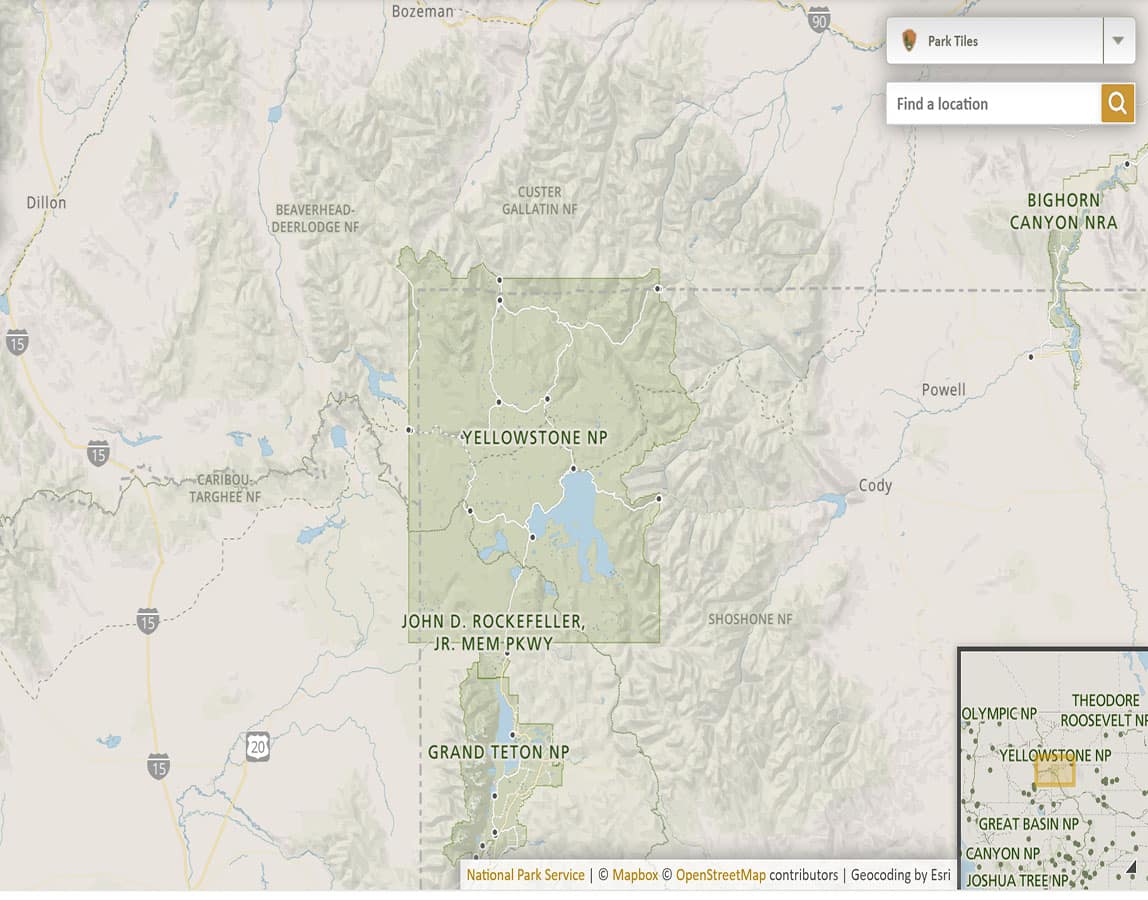
2. It’s Easy to Get Turned Around
One of the most important things you need to know about Yellowstone National Park is that since it’s so big and has a lot going on, it’s really easy to get turned around. Before you know it, you’ve wasted precious time wandering around just trying to get back on track.
One of the best things you can do to avoid this scenario is to familiarize yourself with the park. You can download or print a Yellowstone National Park map at nps.gov ahead of time. This gives you the chance to visualize the park and get familiar with it a bit. And when you get to the park entrance, you can pick a another map.
Plus, having a map ahead of times allows you to research and put together an itinerary of what what you want to do and where you want to stop. A list or spreadsheet with some pre-planned activities can help you stick to a plan.
Southerner Says: In addition to the usual National Park Service map, there’s full size map available for printing, as well as a braille, large print and an audio version map on the nps link highlighted above.
3. Yellowstone is the United States First National Park
Yellowstone National Park was established on March 1, 1872 making it the United States first national park. That’s not something you particularly need to know about Yellowstone National Park before you go but it does help to appreciate how special the park is.
Yellowstone is special. It’s – I would even say – an honor to be able to visit such a rare piece of our country. So treat it with respect. All the parks deserve respect but Yellowstone National Park is highly deserving and should be treasured. Once you see it, you’ll understand what I mean.
“I pledge to protect Yellowstone National Park. I will act responsibly and safely, set a good example for others, and share my love of the park and all the things that make it special.”
Yellowstone National park pledge
4. It’s a High Elevation National Park
Yellowstone sits at a high elevation. Which might be surprising to some people because of the hot springs and geothermal characteristics. It’s one of the most important things you need to know about Yellowstone National Park because it can affect your activities.
Most of the park is at least a mile above sea level. For people that live at a high altitude location, that’s not that big of a deal but for east coasters and people that just aren’t used to it, you’re almost guaranteed to feel a few effects.
So, give yourself time to acclimate. Especially if you have vigorous or strenuous hiking planned. If you’re only planning on being in the park a couple of days, then drink plenty of water and limit alcohol, which can dehydrate you, to minimum.
Also, try eating lighter meals especially before hiking and going to bed so that you don’t feel so heavy.
5. Yellowstone National Park is Crowded
You might assume that since Yellowstone National Park is so large, there’s no problem with crowds. That assumption would be wrong. Yellowstone has some pretty famous and legendary features and everyone wants to see them.
Sometimes it might even feel like everyone in the park is at the same place at the same time. Popular places like Old Faithful and Grand Prismatic Spring have the potential to be more like an amusement park than a national park.
There are a few things you can to do mitigate a potential crowd issue. Here’s what I suggest:
Visit in the Off Season – Yellowstone National Park’s visitor season peaks logically, in the summer months. According the National Park Service, the busiest times are July through September.
When is the best month to visit Yellowstone National Park? If you can visit before school is out and after school starts in the fall, you’ll notice a big difference in the crowds.
I’ve visited in late May and mid September and enjoyed them both but the fall was definitely the least crowded.
Arrive Early – Another way to beat the crowds in Yellowstone National Park is by getting to the park early. That might not be what you want to do on your vacation but getting on the road and to the popular sites early, puts you ahead of groups and families that tend to get a later start.
Tour buses show up around mid morning so getting ahead of them is just smart. Plus getting up early gives you a better chance to see wildlife as they get moving around in the park in the morning.
Stay Late – One more tip to avoid crowds at Yellowstone National Park, is to stay late. If you aren’t already doing this when you visit national parks, you’re missing a huge opportunity to experience some of the best moments.
For one thing, there’s the sunsets. Most national parks have overlooks and turnouts perfect for sunset viewing. Because of the water and it’s thermal features, Yellowstone National Park is a perfect park for optimal sunset views.
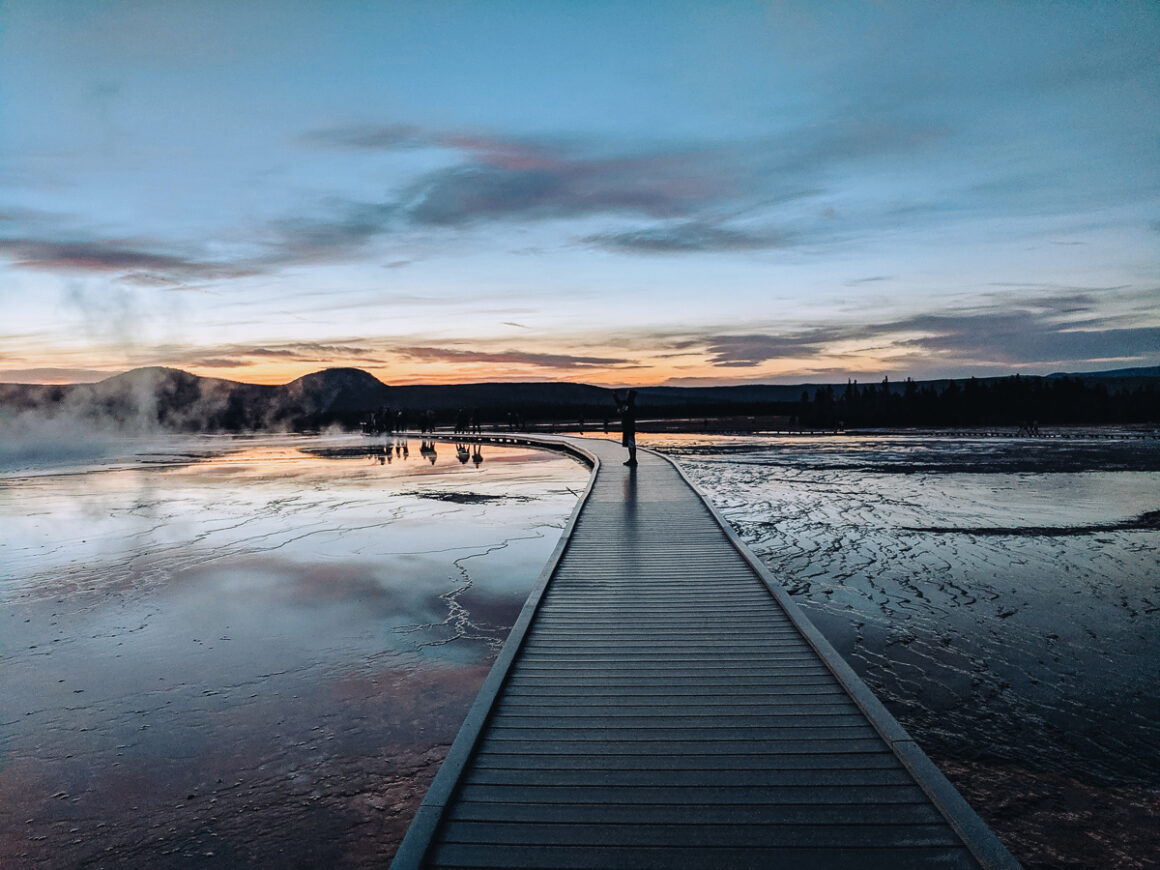
6. Yellowstone National Park Has Five Entrances
Where is Yellowstone National Park? Yellowstone actually occupies space in three states: Montana, Idaho and Wyoming. Because of that, there are five entrances to the park.
What entrance in Yellowstone National is best for you to use will largely depend on where you are coming from and where you are staying overnight.
This means the entrance where you enter plays a big part in what you can see if you don’t have a lot of time to spend in the park. The five Yellowstone National Park entrances are:
- West entrance – West Yellowstone, Montana
- North entrance – Gardiner, Montana
- Northwest entrance – Cook City/Silver Gate, Montana
- East entrance – Cody, Wyoming
- South entrance – Moran, Wyoming
The busiest entrance is the West Yellowstone entrance followed by Gardiner, Montana in the north and Moran, Wyoming in the south. Since the east entrances are generally less busy, planning on entering at one of those will save you some time.
Southerner Says: the north entrance (Gardiner) and northeast entrance (Cooke City) are the only entrances open during winter. Hwy 212, between those two entrances is open as long as it’s passable. The highway east of Cooke City, aka the Beartooth Highway, generally closes in late September and reopens late May.
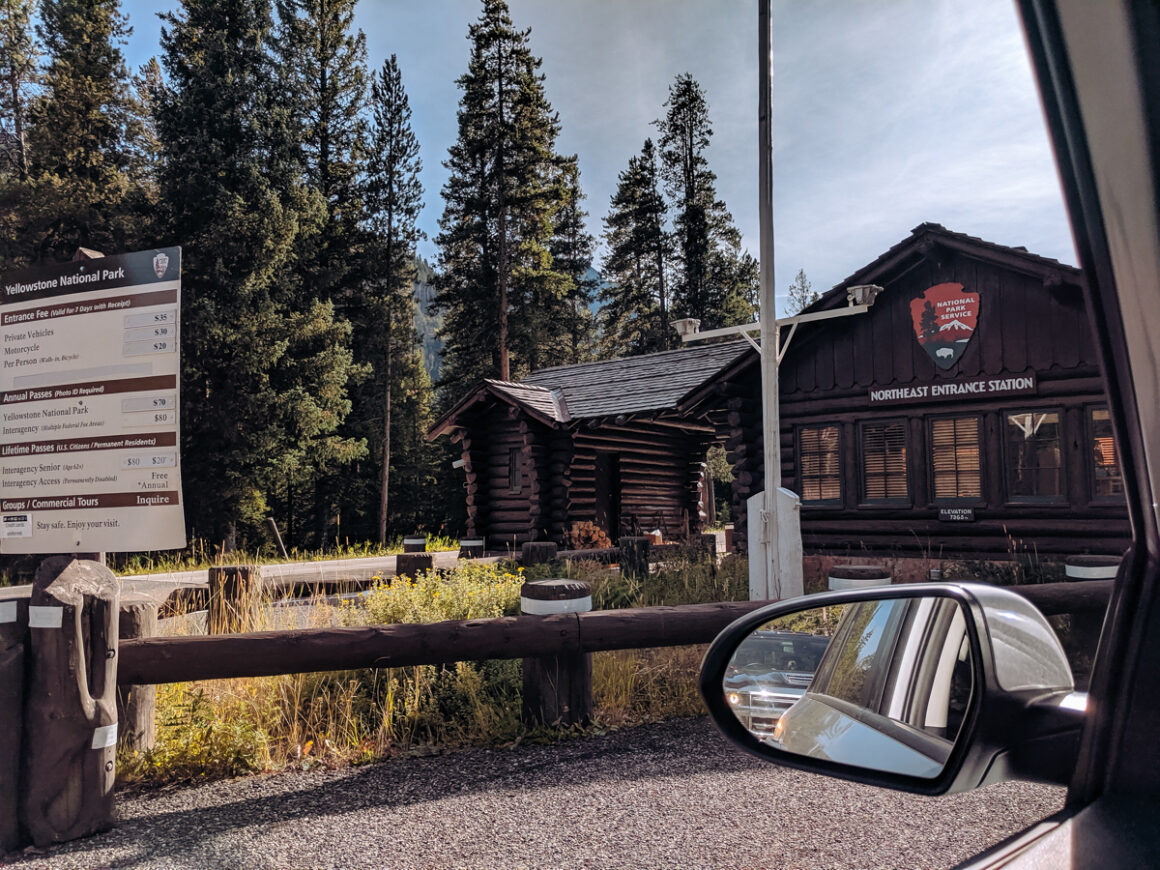
7. It’s Got Crazy Weather
Since Yellowstone National Park is at a higher elevation, it’s not uncommon to encounter some erratic weather at anytime of the year.
The first time I visited, I drove from Jackson, Wyoming and entered through the south entrance. The weather was cool in Jackson. Overnight temps were in the 30’s but the daytime highs were mild, in the high 60’s and low 70’s.
The closer I got to Yellowstone – around Lewis Lake which is about 65 miles from Jackson – I was surprised to see the lake still iced over and snow piled as high as the car along the road.
That should have been my first indication that we were in for a crazy weather day. Our 60 degree day plummeted to 30 degrees as we drove further into the park. We experienced rain, hail or sleet – I’m not sure which – fog, wind and thankfully some beautiful sunshine. Four seasons in one day.
The best way to deal with Yellowstone’s weather is be prepared for anything. Dress in layers. A long sleeve shirt over a short sleeve with a rain jacket should work just fine.
Having a rain jacket or poncho also helps protect from wind and any other precipitation you might encounter.
To keep your head warm, a snug fitting hat or a beanie is best. Baseball caps or hats that don’t fit tight on your head are not recommended because they could easily blow into one of the thermal areas.
And then it will be there a long time. Not only is that not good for the microorganisms, it’s just plain ugly to look at.
8. There’s Lots of Wildlife in the Park
If you’ve researched visiting Yellowstone National Park, then you’ve probably already seen videos of good encounters and – not so good encounters – with wildlife in the park.
Bison are everywhere. One of the things that sets Yellowstone apart when it comes to wildlife is not just how much wildlife there is, it’s where the wildlife is.
It’s very common to see bison in the roads – hello bison jam – on trails and in general, where people are. Because of this, it seems every season, someone gets hurt by wildlife at Yellowstone.
How great are the odds of you getting hurt by wildlife at Yellowstone National Park? Not high if you follow some simple guidelines from the National Park Service (NPS).
The park service asks visitors to give animals room to move around. This requires that you to stay a minimum distance of 25 yards from wildlife like bison and elk and 100 yards from bears and wolves.
Always remember you are visiting their home. They may somewhat be acclimated to humans but that doesn’t mean they aren’t wild animals.
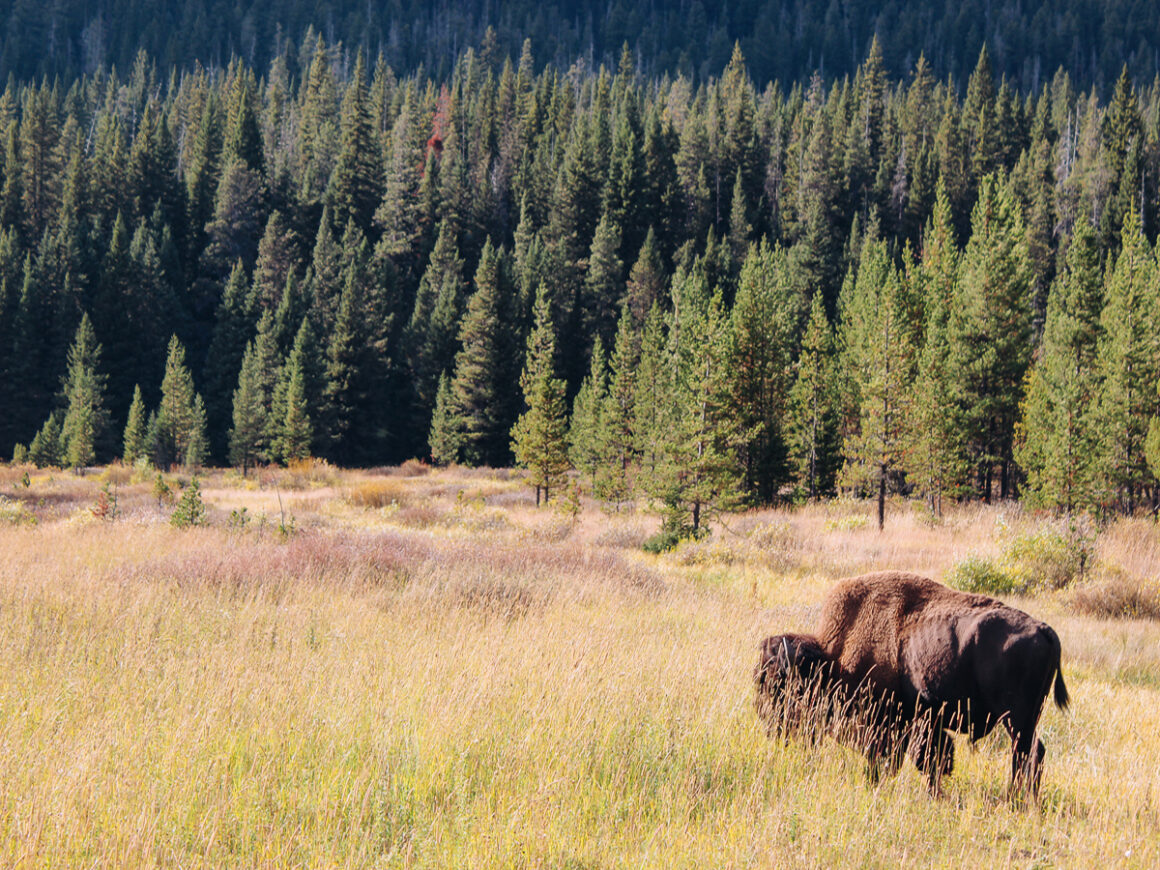
9. It’s Might Be Hard to Find a Place to Stay
Yellowstone National Park is notorious for being a one of those places where it’s difficult to book accommodations inside the park. Even campsites are hard to come by. So what can you do? If you are adamant about staying inside the park, then it’s best to make your plans early.
Inside the park, Yellowstone National Park has nine lodges. Only two of those are open during the winter. Most accommodations can be booked up to a year in advance.
According to Xanterra – the company that runs many of the lodges in Yellowstone – planning and flexibility is the key to booking rooms in Yellowstone National Park.
The same goes for campsites. Yellowstone has 12 campgrounds either managed by the National Park Service or Xanterra. Most campsites can be reserved ahead of time but they fill up quickly.
Once again, planning a visit in the off season will work to your advantage when booking campsites. You can book campsites that are managed by the National Park Service at Recreation.gov and for those managed by Xanterra, at their website linked above.
For last minute trips to Yellowstone, a few of Yellowstone’s twelve campgrounds are first come first served, which means you don’t need a reservation. For more info about how that works read my Camping in a National Park article.
10. You Need More Than a Day
Because Yellowstone is a so large and diverse, there are a lot of things to see. Couple that with time spent just getting around, the big crowds, and possible wildlife jams, you need to be generous with the time you’ve allotted in the park. To see it properly, Yellowstone is not the kind of park you just run into for a few hours.
Just how much time do you need in Yellowstone National Park? If your time is limited, then two days will get you started. Three days are even better. But to really really appreciate the the park and not feel rushed, then four or five days up to a week is what I would recommend.
11. There’s Not Much Phone Service
Most people prepare for phone service to be spotty in national parks but in Yellowstone National Park, there’s hardly any phone service in the interior of the park. There are towers in the more populated villages at the north and south but once you are in the park don’t count on an reception.
Southerner Says: I have Verizon and my daughter has AT&T and neither of us had service inside the park.
To offset no phone service, always have a plan and then let someone know about your plan. Especially if you are alone. If you are doing any backcountry hiking, follow park regulations. Check in with rangers at the corresponding visitor center – Yellowstone has eight – and know when you need a permit.
Checking in with rangers and visiting the visitor center also gives you the chance to get information and check on any park alerts you need to know about. And if you need it, there is Wi-Fi is available at the Albright Visitor Center at Mammoth Hot Springs in the north section of the park.
12. You Might Get Tired of Geothermal Features
You might not think about this one, but after a while, some of the geothermal features will start to look the same and because of that, unfortunately, they lose some of their fascination.
So what can you do to keep it interesting? If you are in the park for several days and have plenty of time, then mix things up with some non-geothermal tours like kayaking or fishing or even hiking to a different area.
That’s the great thing about Yellowstone National Park – it has a little bit everything. And you can go from hot pots and geysers to evergreens and mountains fairly easy.
Having plenty of time is also helpful. That way you’ll be able to explore and not have that rushed feeling when you are trying to squeeze in too much. When that happens, it’s easy to just move from site to site without really appreciating what you are seeing.
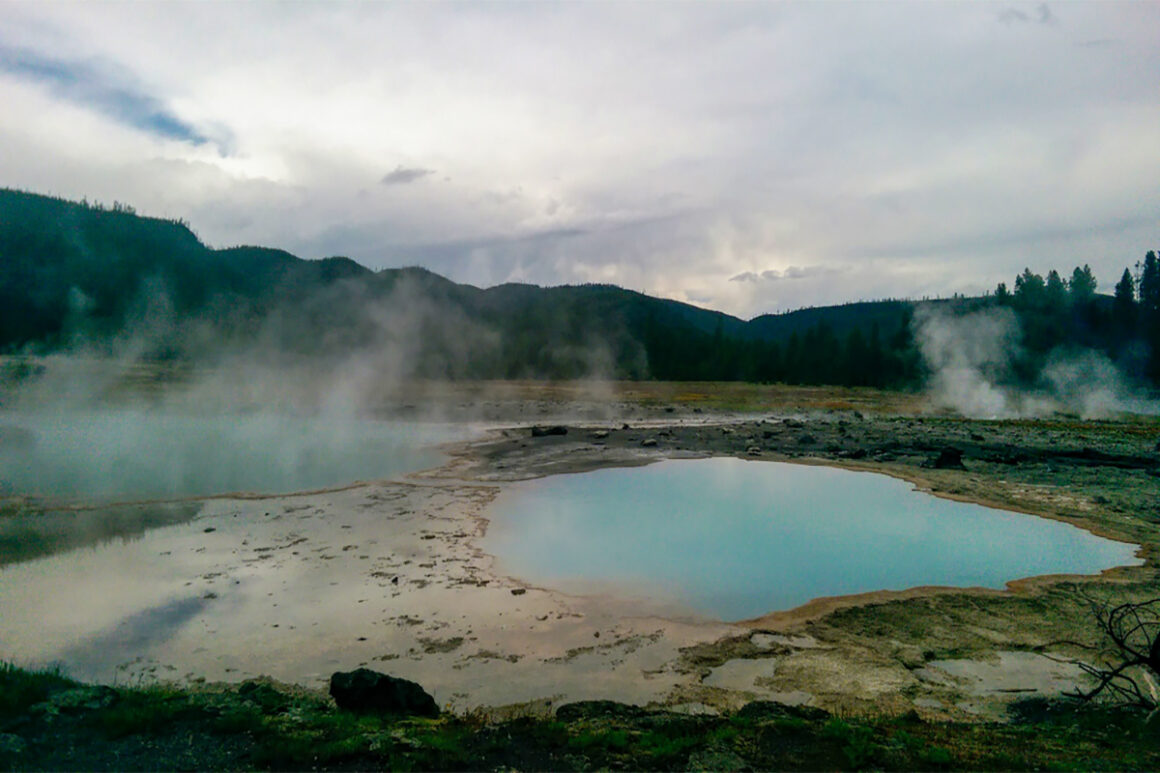
13. There Are Restaurants & Food in the Park
With so much driving, you’ll be happy to know that you can buy snacks or even have a sit down meal in the park.
Some of the restaurants close during the winter but during the summer high season, there are several restaurants and other places to buy food. Canyon Village, Grant Village, Lake Village, Tower/Roosevelt, Mammoth Hot Springs and Old Faithful Village have food and/or restaurants available.
In addition to sit-down restaurants, all of those locations have general stores with snacks, ice cream and diner type food.
In winter, when most things are closed you can still have a meal at the restaurant at Old Faithful and Mammoth Hot Springs. Additionally, Madison Junction has a warming station with snacks.
Southerner Says: Mammoth Hot Springs Hotel and dining room is currently closed after the June 2022 flood. It was originally supposed to open the end of April 2023 but has been delayed. Visit the website for more info.
14. It’s a Fee Based Park
Yellowstone National Park charges an entrance fee. To access the park, you can buy a 7 day park pass for $35 USD or a Yellowstone annual park pass for $70 USD.
The annual passes are, of course, valid for one year. However, if you love national parks, the America the Beautiful Park Pass is the best deal around for park travelers.
For $80 USD, an America the Beautiful park pass grants you – and whoever is in the car with you – entrance into the park and over 2,000 other interagency sites for an entire year. To find out more details, I wrote another article about What is the America the Beautiful Pass and Why You Need It.
Also, if you stay in West Yellowstone – the busiest entrance – there’s a dedicated lane for pass holders which makes getting into the park a little less time consuming and easier.
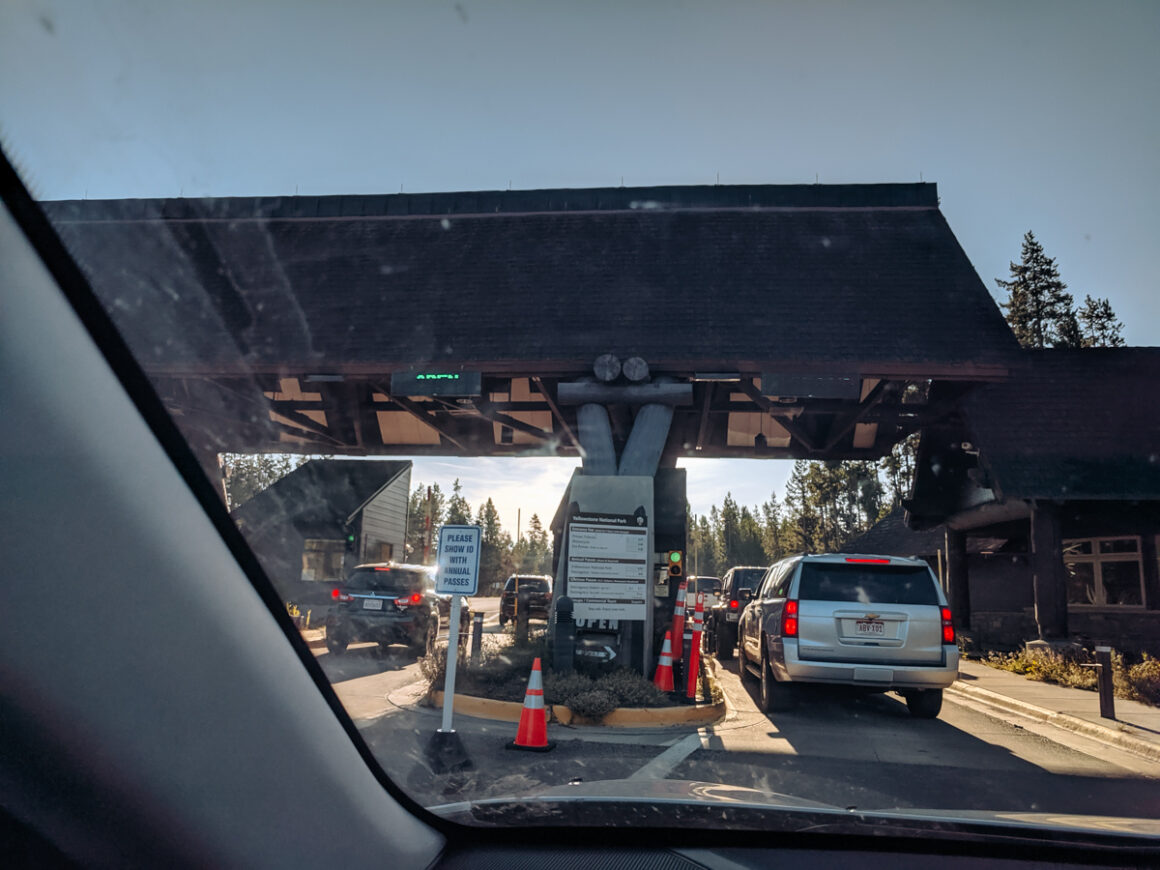
15. The Importance of Bear Spray is One of the Most Important Things You Need to Know About Yellowstone National Park
One of the most important things you need to know about Yellowstone National Park is that it’s home to both grizzly bears and black bears. If you plan on doing any hiking – especially backcountry hiking – Wyoming Game and Fish recommends that everyone in your party have bear spray.
Bear spray is a non-lethal deterrent designed to stop bears before they attack. If the thought of this scares you to death; you are not alone. Thank goodness there are plenty of helpful tips about dealing with bears and even a useful video on the Yellowstone National Park website.
It highlights making sure you are able to get to your bear spray easily and knowing when and exactly how to use it. If you already own a can of bear spray, just don’t forget to check the expiration date to verify if it’s still good before you take it out into the field.
16. Expect Some Closures in the Park
Because Yellowstone National Park is mostly impassible in the winter months, the time available for maintaining the park and making road repairs is short. With 251 miles of road and that weather, there’s a lot of upkeep and maintenance required.
So don’t be surprised to find some roads – and even some sites – closed for a few days or even for an entire season at times. Recently, a section of the Grand Loop Road has been closed for repairs and after historic flooding, more roads have will need to be repaired. in 2023, Norris Geyser Basin Road is closed until further notice.
The good news is you can track these closures by checking nps.gov for the latest planned closures before you go. Occasionally, unexpected things do happen and things close but that’s not generally the case since they are planned in advance closures.
17. There are 10 Visitor Centers
Yes, that’s right – there are 10 visitor centers in Yellowstone National Park. I don’t know of another park with that many. Of course, they aren’t all the same and some will have more features and educational opportunities than others.
One of the visitor centers was formerly a Ranger Station and residence and now serves as the Museum of National Park Rangers. My favorites are the Albright Visitor Center, 5 miles south of the Mammoth Hot Springs entrance and the Old Faithful Visitor Educational Center.
18. Pets Aren’t Allowed on Trails
Due to the amount of wildlife and other unique aspects of the park, Yellowstone National Park has very strict regulations for pets. From the nps Yellowstone website, here are the rules:
- Pets may only accompany people in developed areas and must remain within 100 feet (30.5 meters) of roads, parking areas, and campgrounds.
- Pets must be physically controlled at all times: they must be in a car, in a crate, or on a leash no more than six feet long.
- Pets are not allowed on boardwalks, hiking trails, in the backcountry, or in thermal areas.
- Pets may not be left unattended or tied to an object.
- Pets may not be left in a situation where food, water, shade, ventilation, and other basic needs are inadequate. Pets may remain in vehicles for short periods of time, but we recommend that someone stay behind to personally ensure their well being.
- Owners must bag and dispose of pet waste.
The park goes on to state that there are no exceptions for carried pets, which includes pets carried in arms, carrier or strollers. “These policies exist to protect pets from being killed by predators like bears and coyotes, to protect them from being burned or killed in hot springs, to prevent the exchange of diseases between domestic animals and park wildlife, and to allow others to enjoy the park without the disruption of pets” – NPS.
19. Yellowstone National Park Has an Useful App
The National Park Service has now released a useful mobile national park app. However, Yellowstone National Park had their own app before the NPS had one.
Both apps are available in the Google Play Store and App Store. I recently used the NPS app for a drive on the Blue Ridge Parkway and found it super helpful.
A couple of the best features in the Yellowstone app is that you can track the status of current road conditions,. Use it to check the occasional closures I just mentioned above.
You can also see live geyser prediction times and look at the menus for restaurants. Another convenience is that you can download the app and use it offline since you probably won’t have cellular service.
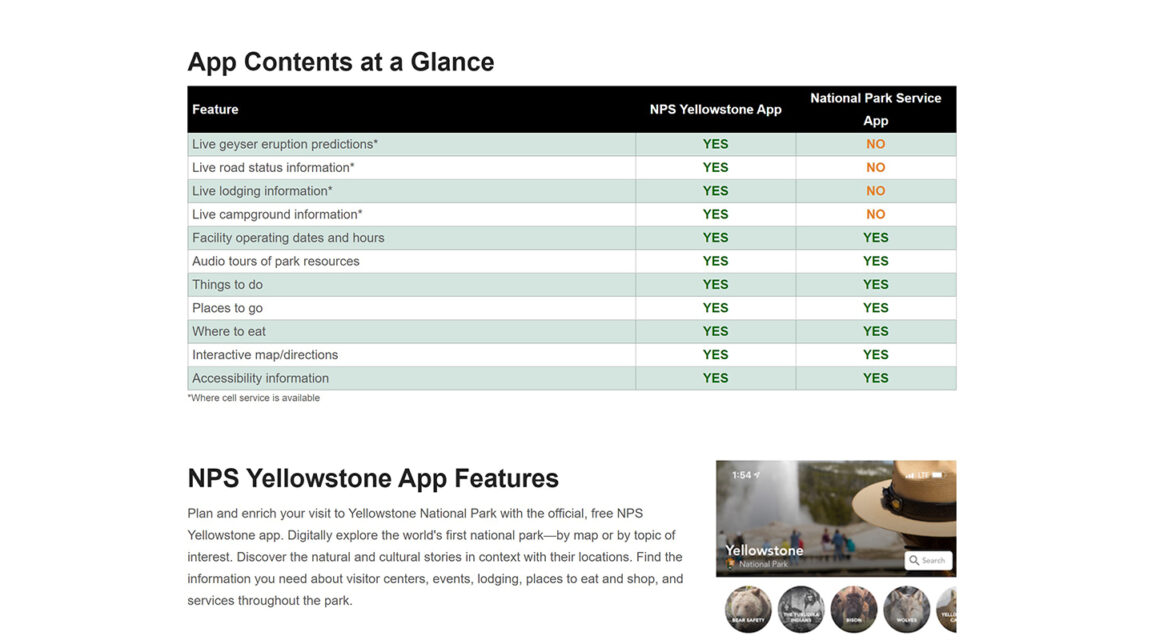
20. It’s a Dangerous Park
With all the wildlife, boiling hot water and geothermal features, you’d think people would automatically know that Yellowstone National Park is a very dangerous park and they would exercise extra caution. Think again.
In fact, quite frequently, Yellowstone makes the news when a tourist makes an attempt to do something stupid or an avoidable accident happens. Don’t be that person.
Yellowstone National Park has clear signage and instructions about what you can and can’t do. There’s no need to wonder or go off-trail.
Always utilize the marked trails and boardwalks for your protection. Staying on them protects not only the humans but it protects the fragile thermal features from damage.
21. How to Get to Yellowstone National Park
To fly into the area and road trip to Yellowstone National Park, consider flying into either Jackson, Wyoming, Bozeman or Billings, Montana or even Salt Lake City, Utah. You could combine a Grand Teton National Park and Yellowstone National Park road trip.
The airport codes for those cities are:
- Jackson, Wyoming – JAC
- Bozeman, Montana – BZN
- Billings, Montana – BIL
- Salt Lake City, Utah – SLC
22. You Can Take an Organized Tour
If you ever find yourself in the vicinity of Yellowstone National Park and only have day to visit the park, it’s possible to book a private or small group tour. That way you can maximize your time and let someone else do the driving while you enjoy the park.
Most tours include lunch and fees so you really don’t have to worry about anything except meeting the guide. In some cases they even pick you up from a hotel and meet at various entrances around the park.
23. It’s a UNESCO World Heritage Site
Did you know that Yellowstone National Park is a named World Heritage Site? That’s a pretty big deal! A World Heritage Site is an area or a special landmark that’s been given legal protection by the United Nations Educational, Scientific and Cultural Organization (UNESCO).
Sites or places are given this designation because they have cultural, historical, scientific or other some other form of significance and they can also be selected because they’re geographically and historically identifiable. It’s no wonder Yellowstone has this designation.
The benefit is that Yellowstone National Park is recognized and protected internationally. Which means even if there came a time when it wasn’t a national park, however unlikely, it has the protection of a global program.
Clearly this isn’t something you actually need to know about Yellowstone National Park to visit but once again, it highlights just how precious the park is.
24. Yellowstone Offers Special Events for Kids
Like most national parks, Yellowstone National Park offers Junior Ranger programs for children 4 years and older. This fun program is a great way to introduce little ones to parks and the importance of protecting them.
Junior Ranger booklets are available at the park visitor centers. After completing a number of requirements and having a ranger sign off on their work, the participants are awarded an official Yellowstone Junior Ranger badge like a real park ranger badge. How neat is that?
25. There Are Gas Stations in the Park
They are a bit expensive, but at least there are options when it comes to fueling up when inside the park. Canyon Village, Fishing Bridge, Grant Village, Mammoth Hot Springs, Old Faithful, and Tower Junction all have gas stations. You can even you gas up 24 hours a day with a credit card at these stations.
I recommend filling up before you enter the park but knowing there is fuel availability gives you peace of mind. For electric vehicles, the park also has Level 2 electric charging stations in various areas.
What You Need to Know About Yellowstone National Park Final Thoughts
As you can see, Yellowstone National Park is a one of a kind park. In my opinion, it’s in the top 5 national parks that everyone should visit. Yellowstone is a wonderful place for couples, families and even solo travelers.
Knowing these important things about Yellowstone before you visit will make your trip that much more enjoyable. If you have any tips or suggestions about visiting Yellowstone National Park, feel free to leave me a comment.
One last thing – always use Leave No Trace principles when visiting our public lands. Leave No Trace follows seven important principles for interacting responsibly in the outdoors. To learn more about it, visit lnt.org.
See you on the road!
This article contains affiliate links. That means I may earn a commission, at no extra cost to you, if you buy or book something through a link share. This keep Southerner Says online and on the road. Thank you for your support.


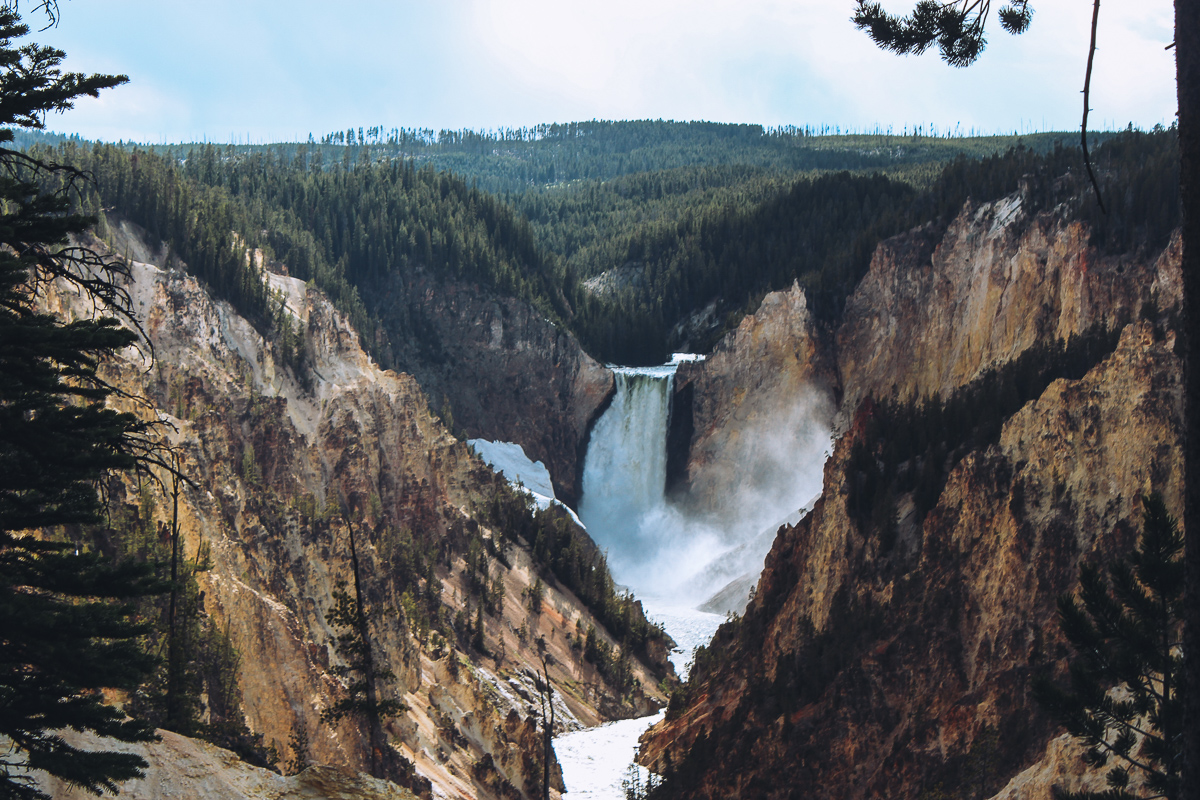

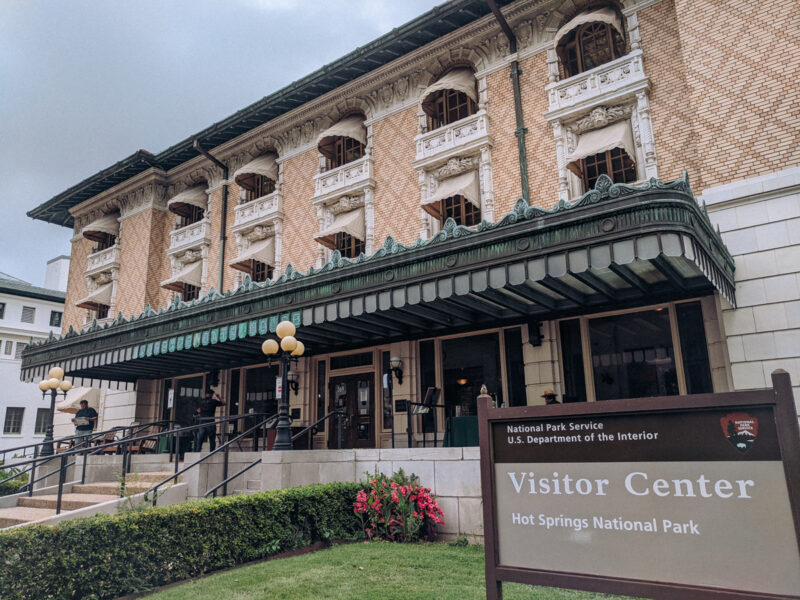
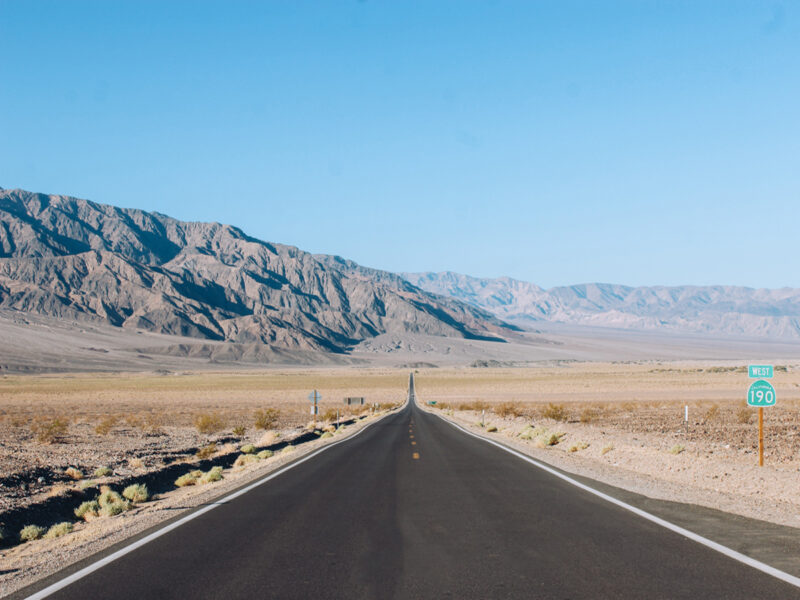
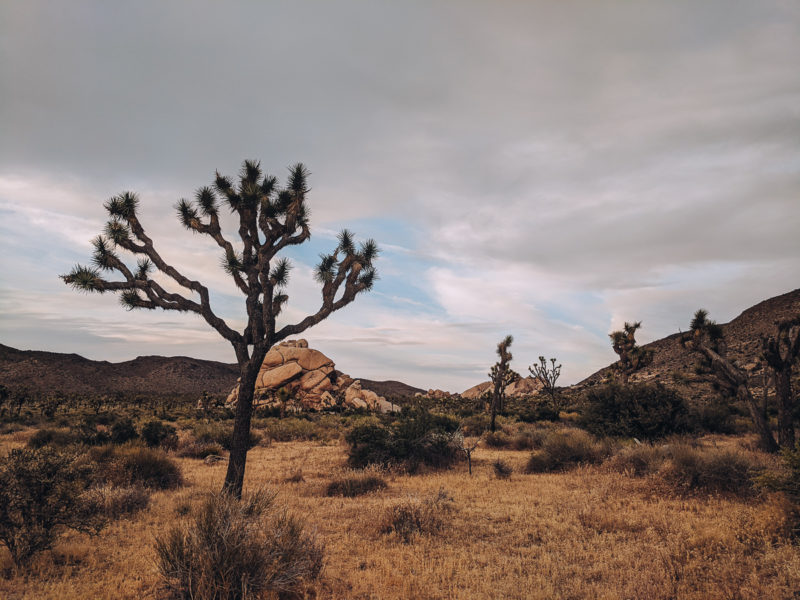
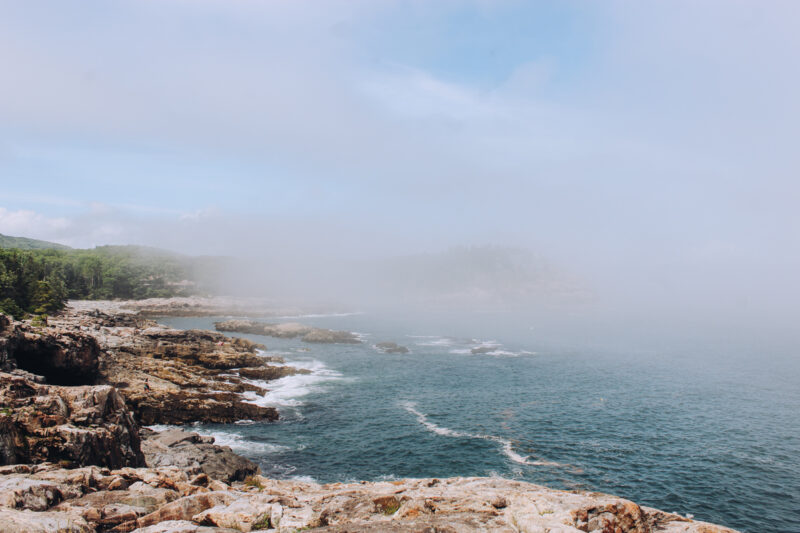
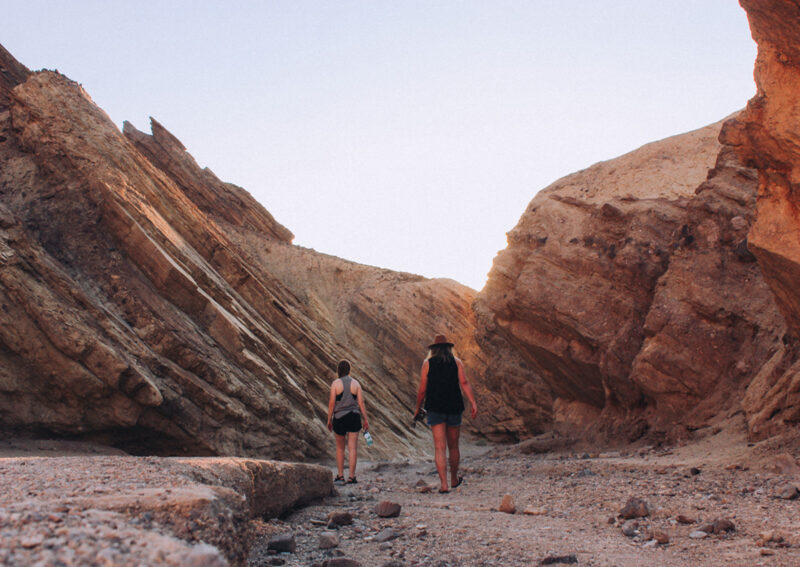
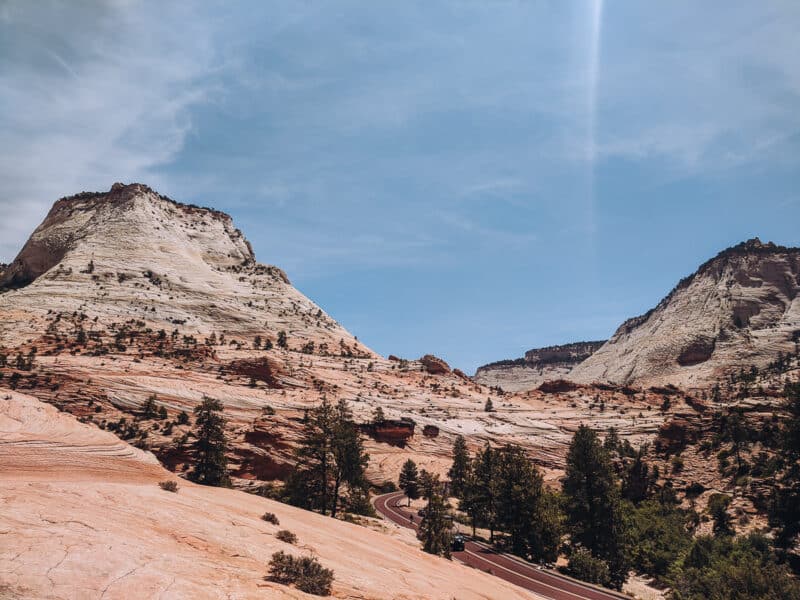
Two things: 1. The South Entrance to Yellowstone is in Moran, WY; unless you wish to drive through Grand Teton National Park like many do. 2. Beartooth Highway can be closed at any time of the year due to snow, so the forecast should always be checked before taking that route. I’ve seen it closed in July.
Hi! Thanks for catching that about Jackson. You are absolutely correct. I updated that and changed the info about the Beartooth to make it a bit clearer about the summer reopening. Thank you!